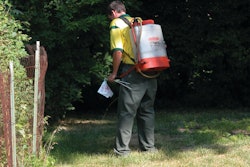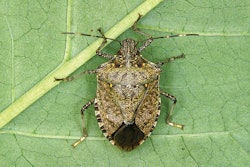
Armyworms take over lawns every fall, but the infestations seem worse this year after the wettest September on record for Dallas-Fort Worth, Texas.
The green and brown insects are about 1 to 1.5 inches long and can be identified by an upside down Y on their heads, according to Daniel Cunningham, a horticulturist and project manager with Texas A&M AgriLife Research. Armyworms move in troops—like an army—and can consume more than 80 plant species, he said.
Although armyworms mainly pose a threat to fertilized fields and pastures, Cunningham said they can also create problems for homeowners by feeding on turf-grass species including Bermuda grass, and adjacent landscape plants and weeds.
“Even though they can do quite a bit of aesthetic damage, lawns are pretty quick to recover because the pests really only target the lush top growth, leaving the more important growing tissue to recover,” Cunningham said.
To read the full original article, please click here.


















